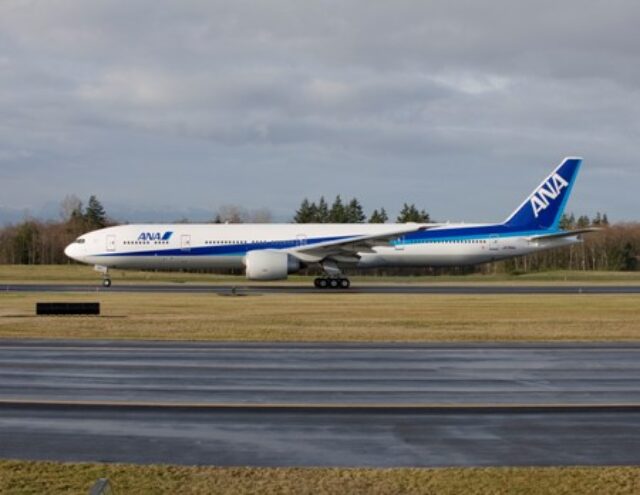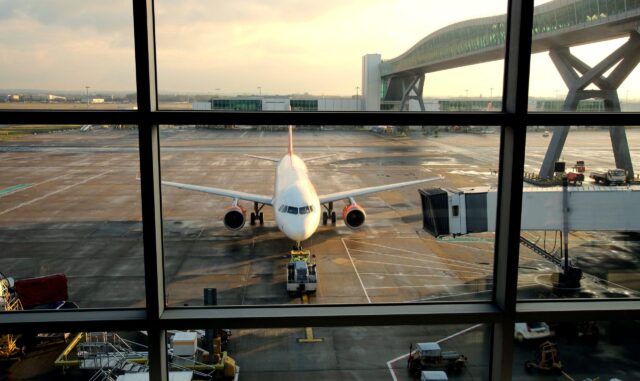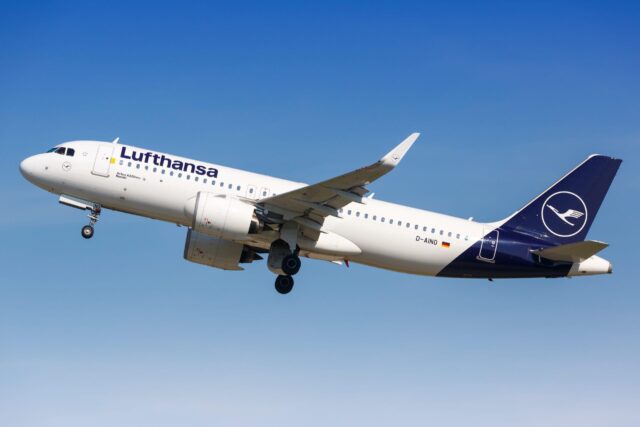Boeing opens new aerodynamics research centre in Farnborough
May 7, 2025

Boeing has opened a new research centre at Farnborough, Hampshire; augmenting its research conducted at the adjacent wind tunnel (the only one of its type in the UK). With Boeing having recently announced a shift of focus for its ongoing sustainability demonstrator initiative (moving from the X-66 to specifically advancing thin-wing technology), it could be that the new centre will form part of a project NASA previously described as “demonstrating thin-ting technology with broad applications for multiple aircraft configurations”.
Situated next to the 5m cross-section low-speed wind tunnel leased by QinetiQ (and used by Boeing), the High-Lift Aerodynamics Collaboration Centre (HiLACC) will “support testing and development for a range of programmes for Boeing’s commercial aeroplanes and derivative aircraft,” wrote ADS Advance, the trade organisation for the UK aerospace, defence, security and space sectors. The new centre will support testing and development for a range of Boeing programmes, incorporating around 930 square metres of space over three floors.
“The centre, which supports the only high-tech wind tunnel of its type in the UK, will bring together experts from around the globe to test and improve designs of aircraft that could deliver significant environmental value through improved fuel efficiency and reduced noise emissions,” said Alex Baker, MP for Aldershot and Farnborough. He added that the HiLAAC represents “a significant investment from Boeing and a massive vote of confidence in the future of the aerospace and defence industries in this area”.
President of Boeing UK, Ireland and Nordic region Maria Laine noted that with “the future of aerospace… made possible, in part, by facilities like HiLACC,” the UK “continues to play a pivotal role in the development of aerospace innovations”.
QinetiQ states that its existing 5m wind tunnel – which is used for a range of tests including evaluation of civil and military aircraft – “has a simulation capability that is unique in the UK, and provides high quality data of great value to the aerospace industry”. One of only three tunnels of kind on the world, Boeing’s commitment commenced in 2004 and is renewed every five years.
Notably, with NASA and Boeing having announced last month that they are to pause work on the X-66 transonic truss-braced wing concept, the shift in focus to furthering specific thin-wing technology could well involve UK-based research.
















